Editor of this issue: Antanas Klimas
Copyright © 1987 LITUANUS Foundation, Inc.

|
LITUANUS
LITHUANIAN QUARTERLY JOURNAL OF ARTS AND SCIENCES
Volume 33, No.2 - Summer 1987
Editor of this issue: Antanas Klimas ISSN 0024-5089
Copyright © 1987 LITUANUS Foundation, Inc. |

|
MOVING A MOUNTAIN
SILVIA FOTI
Load contemporary works of art created by Lithuanian descendants into Algimantas Kezys' Toyota, and you've got the essentials for the first Lithuanian traveling art exhibit Paroda '87.
Its debut was launched in Chicago's Čiurlionio Gallery Feb. 20 to March 8. More than 80 objects paintings, sculptures, and ceramics completed by 28 artists within the last year were on display.
"A traveling art exhibit was an idea that was discussed for many years," said Kezys, the exhibit's organizer. "Many smaller Lithuanian communities don't have the resources to organize an exhibit on a grand scale. In this case, the mountain of resources can go to those who can't come to the mountain. This first-time-ever Lithuanian traveling exhibit will be brought to communities across the United States and Canada."
To date, Paroda '87 has been requested by five more cities: Washington, D.C.; Brooklyn; Toronto; Gananoque, Ont.; and Detroit. Based on this year's success, another exhibit showing new works of art in other communities may be organized, said Kezys.
The exhibit's purpose is to show the latest works of art by these artists and share the thoughts that inspire their creations.
Antanas Tamošaitis, a painter from Kingston, Ont., finds inspiration in Lithuanian folklore. Of his painting, "Folk Song," he says: "Mother is the sun, Father is the moon, Brothers and Sisters are the stars. My style comes from observing the frosted lines on windows during winter. I see fantastic scenes cosmic bodies, hills, forests."
Vytautas Ignas, from Stafford Springs, Conn., says that the spirit of Lithuanian folk art influences his work. After showing his work in Lithuania, Ignas was surprised to hear that his art was described as more Lithuanian than that produced in Lithuania itself.
Jurgis Daugvila, Beverly Shores, Ind., says his aim is to recreate the memory of the primitive Lithuanian village art which studded the countryside with wooden crosses, carvings and shrines. In his sculpture, "Pensive Christ," he treats his wood until it appears weathered and authentic.
Many of these artists have strong ethnic feelings which are depicted in their works, while other artists choose not to focus on their particular heritage.
Zita Sodeika, Willard, Ohio, for example, says she relies on intuition. "In my paintings, nothing is pre-conceived. I am mainly concerned with space and objects within it. I allow color and form to interplay, producing further imagery."
Her drawing, "Commitments" is a statement of the psychological implications of the human condition.
Vida Krištolaitis, from Brooklyn, is concerned about answering fundamental questions.
"Why do I paint? I paint to save my soul," she says. If God gave you a talent, use it. Isn't that what is said in the Bible? Am I trying to save my soul by painting nude figures? Most definitely yes. But I also paint the air, the sky, water and rocks. The result does not matter as much as the process."
Lithuanian art does not differ greatly from the art of other nations, said Kezys. While some of these works can be described easily as Lithuanian, others are not so apparent. But that doesn't matter because art is not created to be squeezed narrowly into one category. All of these Lithuanian artists have taken their own path.
There are many roads to the top of the mountain, but the destination is always the same. Look for Paroda '87.
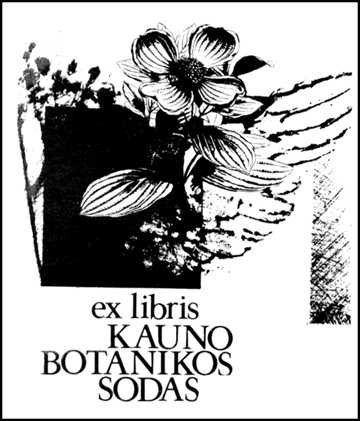
Vytautas O. Vinkau, Ex Libris: Kauno Botanikos Sodas, offset 3x?"
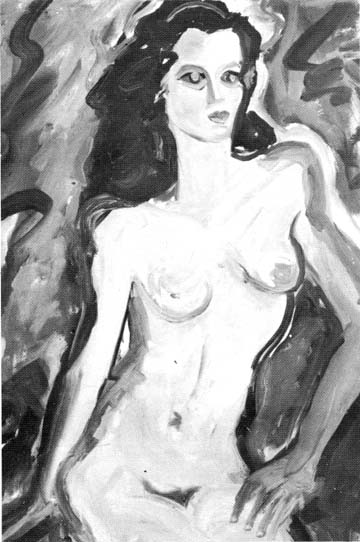
Vida Krištolaitis, Woman I, 1985 oil 24x32"
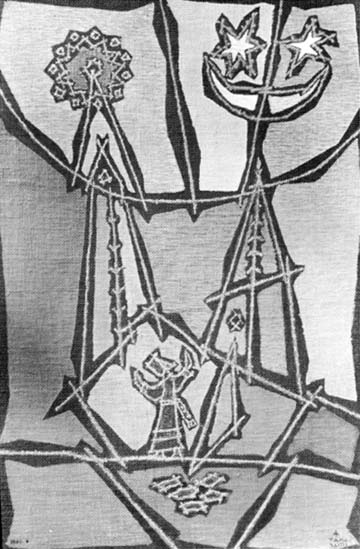
Antanas Tamošaitis, Folk Song, 1986 oil 36x24"
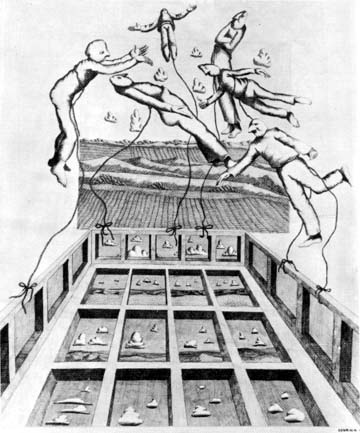
Zita Sodeika, Commitments, 1985 ink and pencil 22x27"
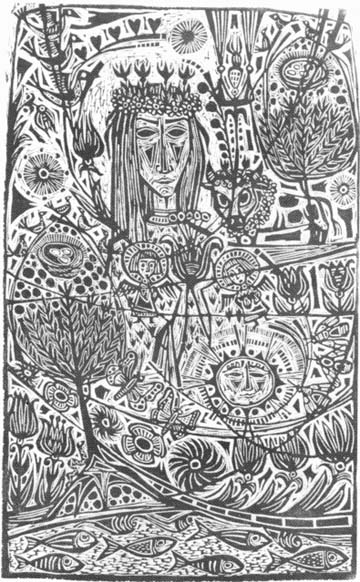
Vytautas Ignas, Springtime, 1987 lino-cut 19x30"
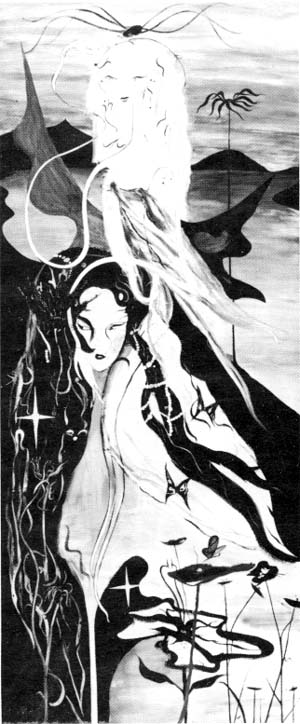
Austė, Urda and Shelmerdene, 1983 acrylic 78x36"
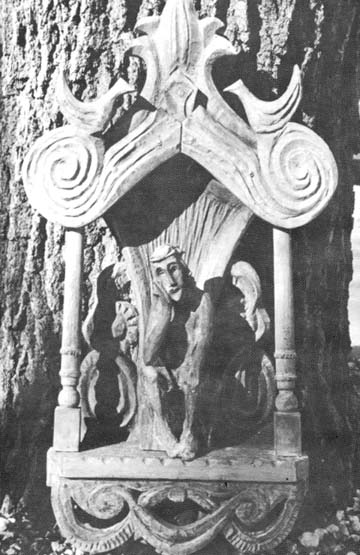
Jurgis Daugvila, Pensive Christ, 1987 wood, hand painted 34x16".
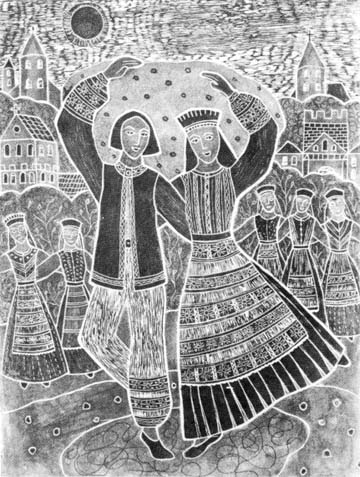
Veronika Švabas, Lithuanian Dancers, 1987 lino-cut, hand colored 19x26"
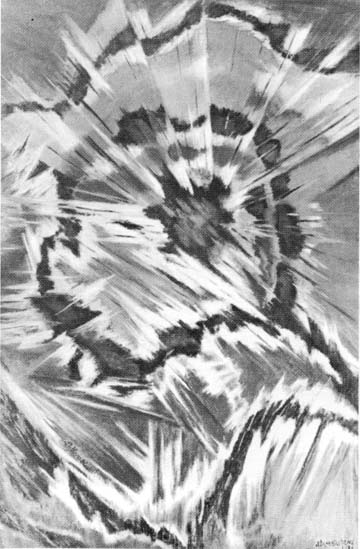
Anastazija Tamošaitienė, Glance of Sunrise, 1986 oil 36x24"
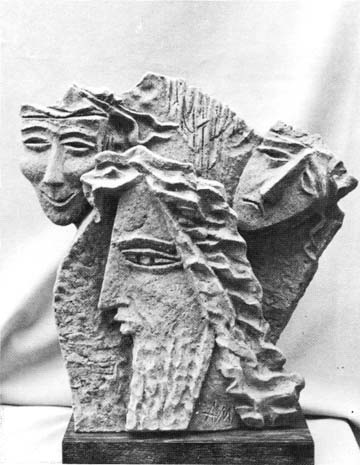
Aleksandras Marčiulionis, Three Masks, 1986 majolica 18x15"
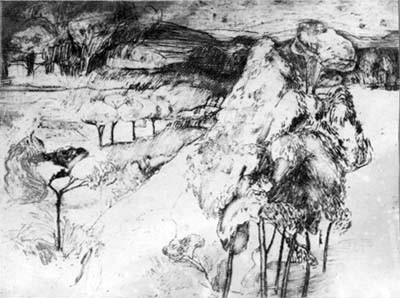
Nijolė Palubinskas, Twilight (Dainava), 1986 etching 24x17"
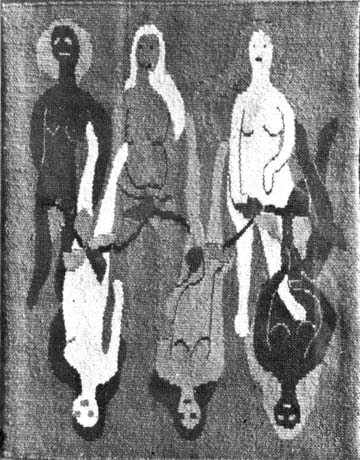
Janina Marks, Six Graces, 1985 tapestry, wool and cotton 28x24".